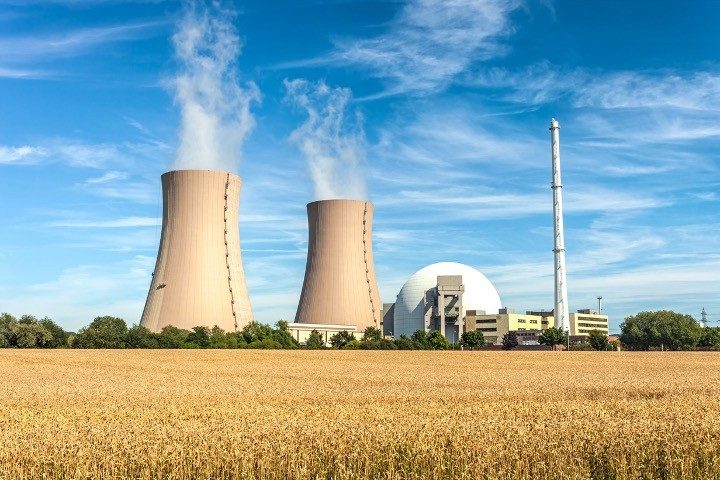
The previous articles of this series (Part 1 and Part 2) addressed energy conversion system efficiency, one of the two electricity-generating system performance measures that must be considered when making decisions about what energy resources should be pursued to obtain abundant, affordable, and reliable electricity. This article will address the system capacity factor. Once again, the discussion of this performance measure will be limited to coal, natural gas, uranium, solar, and wind resources, as these resources are the focus of current energy debates. Water as an energy resource will not be addressed because there is no possibility of any significant future expansion of hydroelectric facilities in the U.S.
Electricity-generating Facility Capacity Factor
The capacity factor of an electricity-generating system is the ratio of actual electrical energy output over a given period of time to the maximum possible electrical energy output over that time period. The primary influences on a system’s capacity factor are:
- equipment failures,
- routine maintenance,
- electricity demand (for load-following systems),
- “fuel” availability, and
- environmental regulations.
All electricity-generating systems are subject to random equipment failures and routine maintenance. Equipment performance generally degrades over time, and the equipment eventually wears out and must be replaced.
Many hydroelectric facilities are operated in load-following mode because they can be brought online and taken offline fairly quickly in response to short-term demands for electricity above the baseload supply.
Solar and wind facilities are subject to “fuel” availability constraints since the sun doesn’t shine 24 hours a day and the wind speed can vary significantly. In addition, wind turbines don’t produce rated power until a sustained wind speed of 12 meters per second (26 miles per hour) is achieved, and such sustained winds are uncommon in most areas of the U.S.
Furthermore, wind turbines actually become consumers of electricity at wind speeds that yield less than 20 percent of capacity rating. This occurs because the electricity for the oil pumps, hydraulic pumps, control systems, and accessories (which amounts to about 12 to 13 percent of capacity rating) cannot be drawn from the reduced wind turbine-generated electricity without compromising wind turbine safety. Therefore, the electricity for this equipment must be supplied from the grid (which allows the wind turbine operator to overstate the actual net electricity output).
Finally, some coal-fired power plants are required to operate at less than 100 percent power in order to comply with environmental air quality regulations.
The Energy Information Administration has provided the following system average capacity factors for the year 2020.
| Energy System | Average Capacity Factor (%) | Equivalent Full-power Days per Year |
| Nuclear | 92 | 336 |
| Natural gas | 56 | 204 |
| Coal | 40 | 146 |
| Wind turbine | 35 | 128 |
| Photovoltaic | 25 | 91 |
It must be pointed out that these are average capacity factors. The capacity factor will vary from facility to facility. The significance of a 25 percent capacity factor is that to obtain a year-round average of 100 megawatts of electricity requires a facility with an installed capacity of 400 megawatts.
In summary, energy density, energy conversion efficiency, and electricity-generating system capacity factor should be primary considerations in choosing energy resources for generating electricity. As shown in the summary table below, by any measure, nuclear energy should be the energy resource of choice for generating electricity in the U.S.
| Electricity-generating System | Resource Energy Density (kWh/kg) | System Energy Conversion Efficiency (%) | System Average Capacity Factor (%) |
| Nuclear | > 20 million | 33 | 92 |
| Natural Gas | < 15 | 35 | 56 |
| Coal | < 15 | 33 | 40 |
| Wind turbine | < 0.001 | 36 | 35 |
| Photovoltaic | < 0.001 | 20 | 25 |
Other articles in this series:
Back to Energy’s Future? — Part 1
Back to Energy’s Future? — Part 2
Back to Energy’s Future? — Part 4
Back to Energy’s Future? — Part 5
Back to Energy’s Future? — Part 6
Back to Energy’s Future? — Part 7




